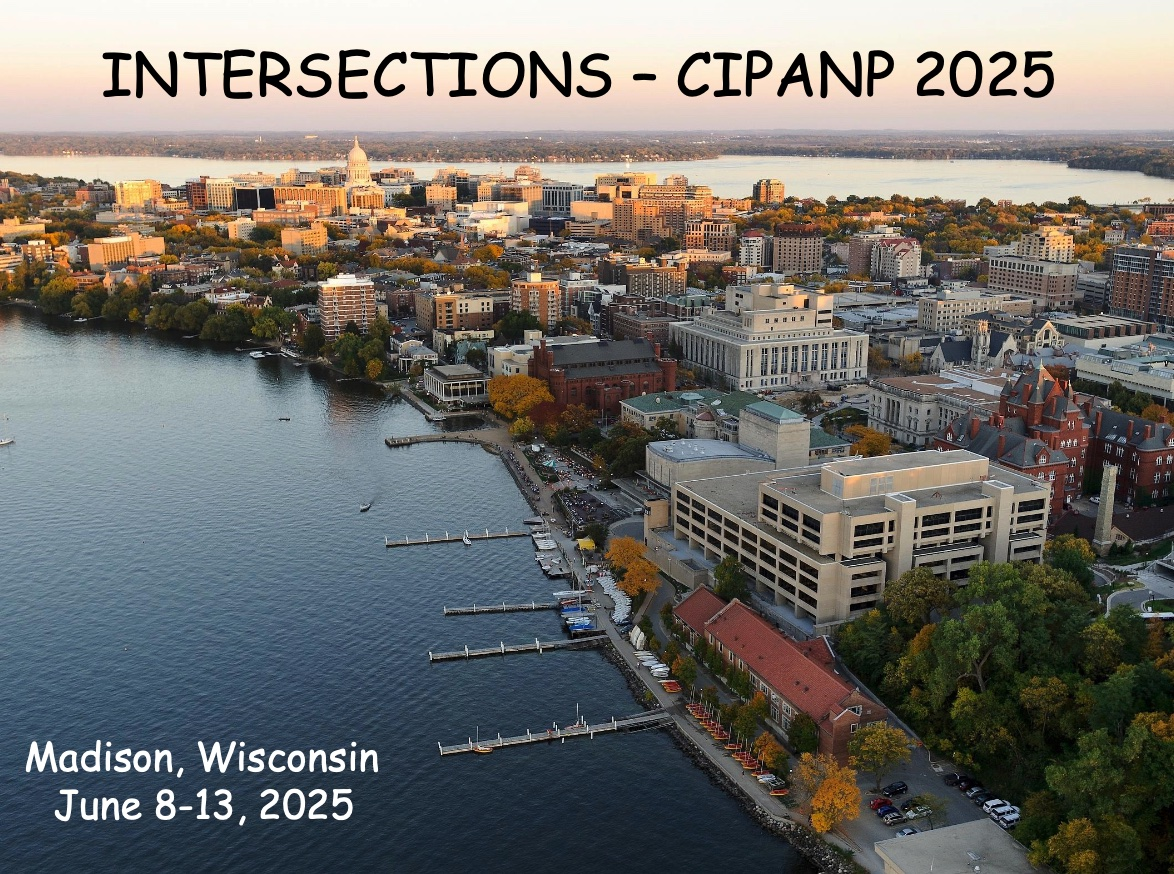Speaker
Description
The IceCube Neutrino Observatory, which instruments one cubic kilometer of clear glacial ice beneath the South Pole, is designed to reconstruct neutrino energies and arrival directions above 1 GeV. However, the detector is also sensitive to the few-second burst of ~10 MeV neutrinos produced in transients such as core-collapse supernovae. A core collapse in the Milky Way will produce approximately one million recorded hits in IceCube, and we will generate an online alert and report the neutrino flux within 5 minutes of detecting the core collapse. Since the detector has a live time of >99%, its alert will provide a crucial early warning for optical follow-up of the supernova. IceCube data cannot be used to reconstruct individual neutrinos at 10 MeV, but new multi-channel photosensors deployed in the IceCube Upgrade will significantly improve its constraints on the shape of the neutrino energy spectrum, providing crucial information about the stellar progenitor and the physics of the explosion. In this contribution, we discuss the sensitivity of IceCube to neutrinos from core-collapse supernovae, describe enhancements to its supernova detection system with the IceCube Upgrade, and outline prospects for constraining fundamental neutrino properties in the next Galactic supernova.

